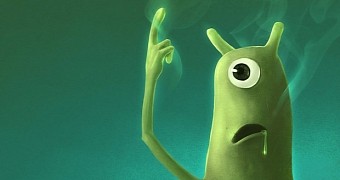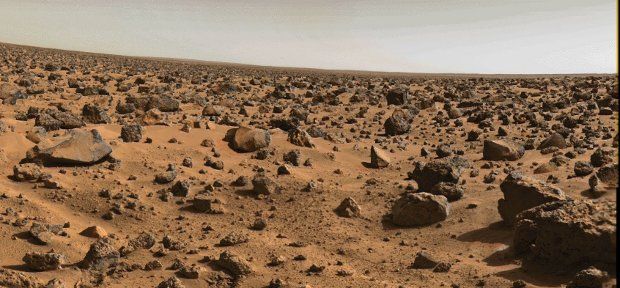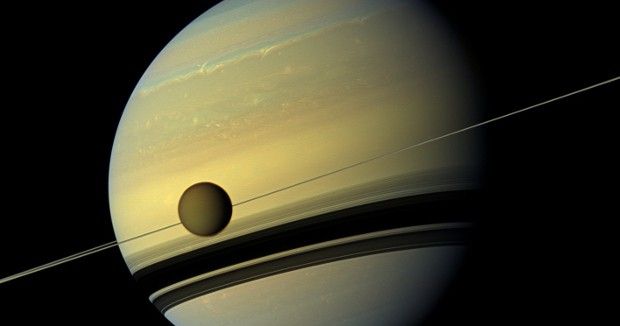We haven't yet found life on other planets, be it our neighbors in the Solar System or some other distant orbs, but Washington State University researcher Dirk Schulze-Makuch thinks good old chemistry can give us an insight into what our alien siblings would probably be like.
In a recent study, the scientist describes alien lifeforms on Mars and on Titan. Since life hasn't been confirmed on either of these celestial bodies, the organisms he talks about are purely hypothetical ones. Plainly put, the paper is more an exercise in imagination than a proper scientific report.
Still, the Washington State University researcher argues studies like this one can actually make it easier to find alien life. “If you don't explore the various options of what life may be like in the universe, you won't know what to look for when you go out to find it,” he says.
Hypothetical Martians
Mars sits at a distance of nearly 228 million kilometers (142 million miles) from the Sun. Evidence indicates that it once harbored a massive ocean covering about a third of its surface but, these days, the orb is a dry, desolate place.
All the same, scientist Dirk Schulze-Makuch says this does not rule out the possibility that the Red Planet might harbor life, even as desert-like as it now is.
In his study, the researcher explains that, to survive in this harsh environment, microorganisms would have to pack something other than simple water as an intracellular liquid. The best choice: a water-hydrogen peroxide mixture.
Apart from being a natural antifreeze, thus allowing alien lifeforms to make it through Mars' insanely cold winters, hydrogen peroxide is a hygroscopic compound, meaning that it attracts water molecules.
The scientist imagines his hypothetical Martian microorganisms spending their days photosynthesizing hydrogen peroxide and their nights using this compound to pull the water they need to stay alive from the planet's atmosphere.
Other, more complex organisms would rely on these microorganisms for food and water. In a nutshell, entire ecosystems could exist on Mars, the Washington State University specialist proposes.
Hypothetical life on Titan
Saturn's moon Titan is located at a distance of about 1.4 billion kilometers (0.8 billion miles) from the Sun. It is a much colder place than our planet, with the average surface temperature being one of minus 290 degrees Fahrenheit (minus 180 degrees Celsius).
There is no evidence of liquid water on its surface or of carbon dioxide in its atmosphere, without either of which life as we know it is not possible. All the same, Dirk Schulze-Makuch says alien microorganisms could evolve on this Saturnian satellite.
Like his imaginary microorganisms on Mars, these other alien lifeforms on Titan would have to rely on another compound than water as an intracellular liquid. The researcher says a liquid hydrocarbon such as methane or ethane would do the trick.
“Non-water based lifeforms could feasibly live in the liquid methane and ethane lakes and seas that make up a large portion of Titan’s surface, just as organisms on Earth live in water,” the Washington State University scientist explained in an interview.
What with Titan being an extremely cold place, whatever alien lifeforms on its surface would have very slow metabolisms and take much longer to evolve and age than lifeforms here on our home planet.
We might still be years away from discovering definite proof of alien life, yet Dirk Schulze-Makuch argues that, as shown by his study describing hypothetical organisms on Mars and Titan, the laws of chemistry make life on other orbs a real possibility.
“We do not propose that these organisms exist but like to point out that their existence would be consistent with physical and chemical laws, as well as biology,” the scientist commented on his work.

 14 DAY TRIAL //
14 DAY TRIAL // 



